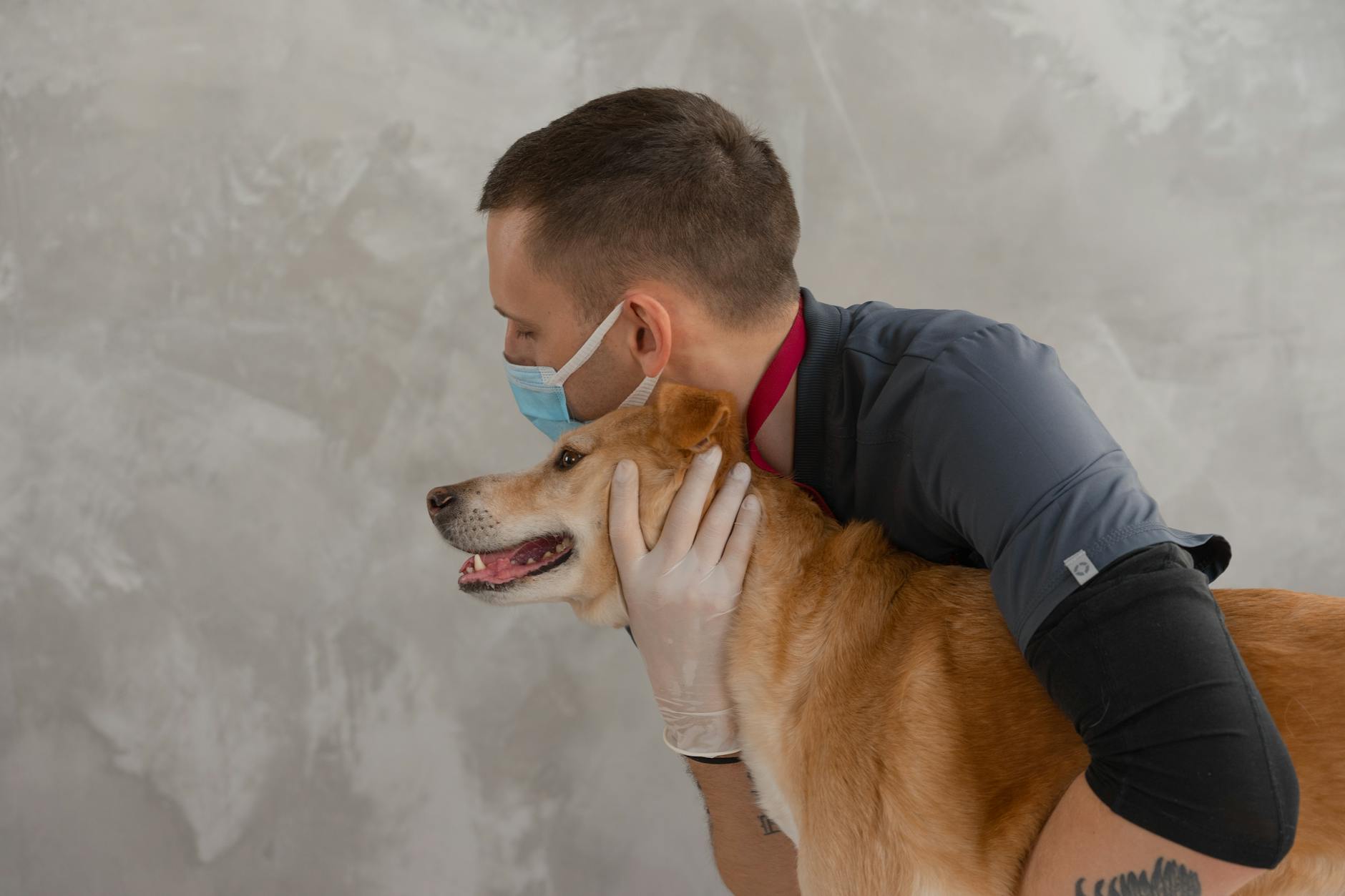Ultimate Guide to Dog Group Training!

Group dog training sessions are not only an excellent way for your pet to learn obedience, but they also provide a social environment where your dog can interact with other dogs in a controlled setting. This can be very beneficial for your dog's behavior and can help prevent future issues with aggression or anxiety.
Here are some effective techniques and tips for group dog training that you'll find in this comprehensive guide.
Why Choose Group Training for Dogs?
- Socialization: Group training provides an excellent opportunity for dogs to meet and interact with various dogs, promoting good social habits.
- Distraction Training: With multiple dogs present, your dog will learn to follow commands despite distractions, a critical skill in everyday life.
- Learning from Others: Dogs often take cues from their peers. If one dog performs well, it might encourage others to follow suit.
- Cost-Effective: Group training is generally less expensive than individual training sessions, providing value for money.
Preparing for Group Dog Training
Before participating in group training sessions, ensure your dog is up-to-date with vaccinations to protect both your pet and others. An initial assessment with a trainer may also be necessary to ensure your dog is a good candidate for a group setting.
What You Will Need:
- A well-fitted collar or harness and a sturdy leash
- Treats for positive reinforcement
- Water for both you and your pet
- Your dog's favorite toy for motivation
Essential Commands Taught in Group Training
- Sit: Teaches your dog to sit on command and is the basis for developing control.
- Stay: Encourages self-control by asking your dog to remain in one spot until released.
- Come: A vital recall command that can ensure your dog's safety in multiple scenarios.
- Heel: Teaches your dog to walk calmly beside you without pulling on the leash.
- Leave it: Helps your dog learn to ignore or let go of distractions, which can prevent dangerous situations.
Training Techniques
- Positive Reinforcement: Rewards such as treats, praise, and play are used to reinforce good behavior.
- Clicker Training: Utilizes a clicker device to mark the desired behavior at the exact moment it occurs.
- Consistency: All trainers in the group should use the same commands and rewards system.
- Gradual Progression: Difficulty levels should increase progressively as dogs master basic commands.
Overcoming Common Challenges
- Distractions: Slowly introduce new distractions to keep dogs focused during training.
- Varied Personalities: Adjust strategies to accommodate different temperaments and energy levels.
- Unpredictability: Be prepared to alter the training plan based on the dogs' responses and progress.
Tips for Success
- Regular Attendance: Consistency is key in group training; regular attendance helps reinforce learning.
- Patience: Each dog learns at their own pace. Celebrate small victories and be patient.
- Homework: Practice at home what you learn in group training to reinforce new behaviors.
Further Resources
For additional information or to find group dog training classes near you, consider checking out the following:
- Local humane societies or animal shelters
- Professional dog training organizations
- Community bulletin boards or social media groups
By taking advantage of the guidance provided in this ultimate guide, you'll be well on your way to mastering the art of group dog training, leading to a happier, well-behaved pet, and an even stronger bond between you and your furry friend.
Conclusion
Group dog training can offer a wealth of benefits for dogs and their owners. By applying effective techniques and staying consistent with training, you'll likely see a noticeable improvement in your dog's obedience and social skills. Remember that patience and persistence are crucial components of any successful dog training regime.